
akarishana.me akari24.j@gmail.com *熱愛行政工作的文組命理師。 #育兒 #數位工具 #命理 #療癒 #鬱期寫字
Small talk / my data thinking.
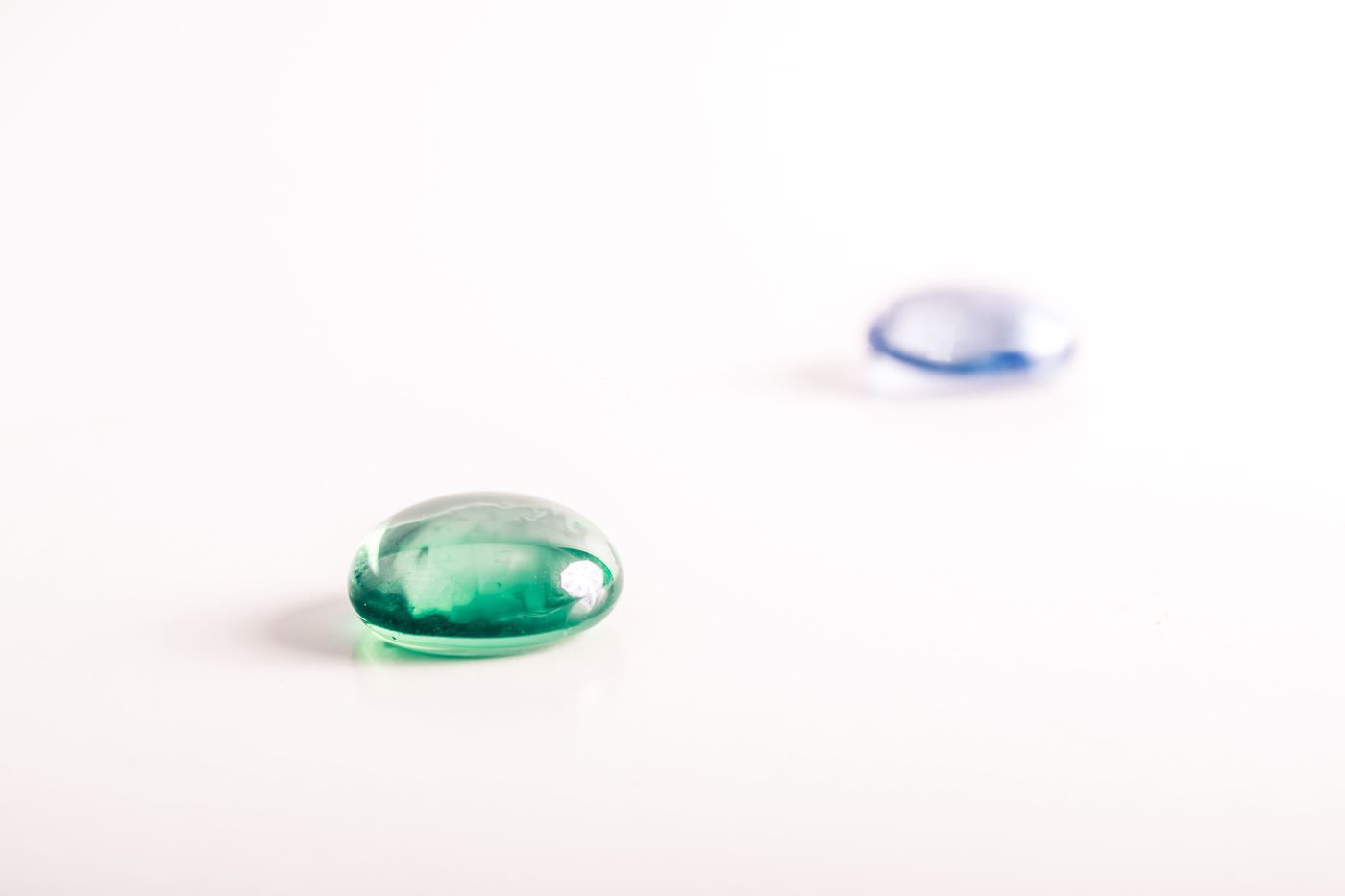
I have been implementing data digitization in my life for many years. Thank you for leaving a message in the previous article . Today, I will explain a little how my notebook brain works.
Thank you Matter @stwaiching for leaving a message in the previous post. After a little bit of sorting, you should want to ask me, when life is full of data and there are so many things that need to be "remembered", how can I simplify the amount of digital notes and databases? Extract the original text of the message: " Is there a lot of life-related notes? There should always be notes on travel/food/skincare/makeup/home, etc., right? But isn't your classification a bit too small? "
At that time, I briefly responded in the message: some of the more private ones, such as digital diaries, shopping expenses records, and travel records, are not listed above, but I am not remembering food, beauty, home furnishing, and travel. I will make a cut-and-paste book for the trip. The digital notes are only for itinerary planning, traffic maps, etc. After the trip, I will print it out and paste it on the notebook and delete it. My Evernote really only remembers what I need. It can be deleted by writing a diary or various classified accounts without long-term memory, reducing the burden of old mobile phones and old computers, similar to the "forgetting" of the human brain.
Principles of data digitization: the frequency of recalling memory
The criteria for judging whether to store in note-taking software are simple: how important is this thing and should I keep memorizing it? Will I use it often?
As I said earlier, my brain capacity is very small, and without the assistance of a digital brain (note-taking software), it is impossible to move an inch. Coupled with postpartum mental retardation (the so-called "three years of stupidity in one pregnancy"!), I only have business and business affairs in my mind. Itineraries and everything else are entirely dependent on electronics. However, electronic products will have the problem of running out of electricity, as well as loss, failure, crash, overheating, inability to run, etc. All kinds of problems that cannot be overcome by oneself, so they will also use a planner (Planner, Journal) to assist .
If this matter is very important and I need to find its information anytime, anywhere, I will save it in Notion or Evernote; if I only need to "know" without "memorizing it", I will write it in Calendar and Notion.
※Because the system is being switched recently, and I plan to move from Evernote to Notion, a new note-taking mechanism has been added - according to the frequency of use, it is decided to put Notion and Evernote, and frequently use Notion.
No need for digitized information - handbook, record life
I am a follower of the Bullet Journal Method. It is not the kind of art that is very fancy, designing layouts every month, and lanterns and blooming flowers, but simply drawing grids, writing, and checking accounts. For me, it is the memory of daily life, and the "short-term memory" that does not need to be kept for a long time will be written into my wallet. For example, what delicious restaurants to eat, books to read, life diaries, etc. For me, these daily trajectories do not need to be digitized , they are "forgettable memories" , so they will not be specially preserved. After writing the diary, use the old newspaper to do moisture-proof treatment, pack it, and get it done.
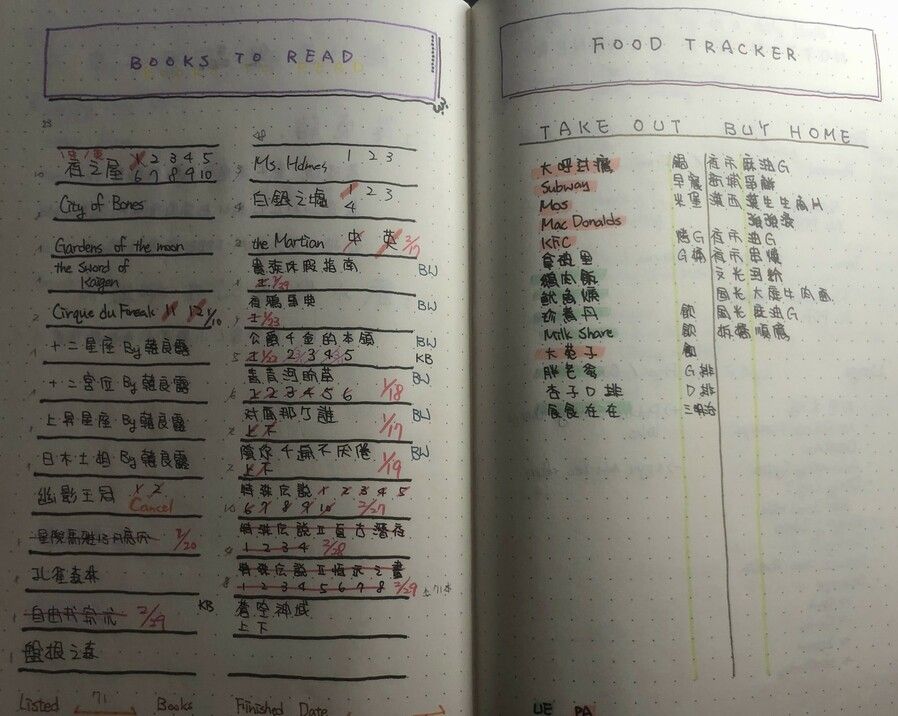
It really takes a lot of courage to post ugly words... The light at home is not good, so it's probably good to look at it. The book list and restaurant record in the picture above are two pages in the bullet journal. My bullet journal is Journal rather than Planner. This distinction is because I want the record style in the notebook to be consistent. Planner is often used for me. If you need to scribble things, just use a cheap notebook to scribble and swipe.
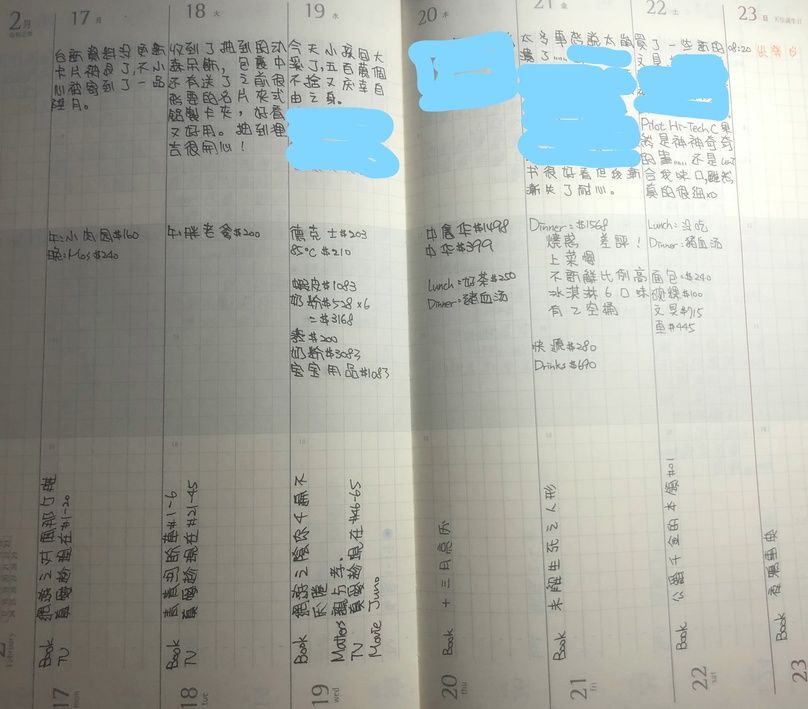
This is my diary. I use the Brownie Handbook ( official website ) from Japan. As a handbooker with 17 years of experience, I only discovered this super-magical format this year, and my friends were stunned (huh). As shown in the picture above, the grid is very simple, which is very suitable for my writing style - writing a diary in the first half, a few sentences a day; recording expenses and the amount of milk, weight, and diet of the child in the middle (because the child was sent back to his parents' home to be looked after by the elders, this department The records of the copies are only written until the end of January); the second half records reading, writing, movies, chasing dramas, big events (such as the Super Bowl) and so on.
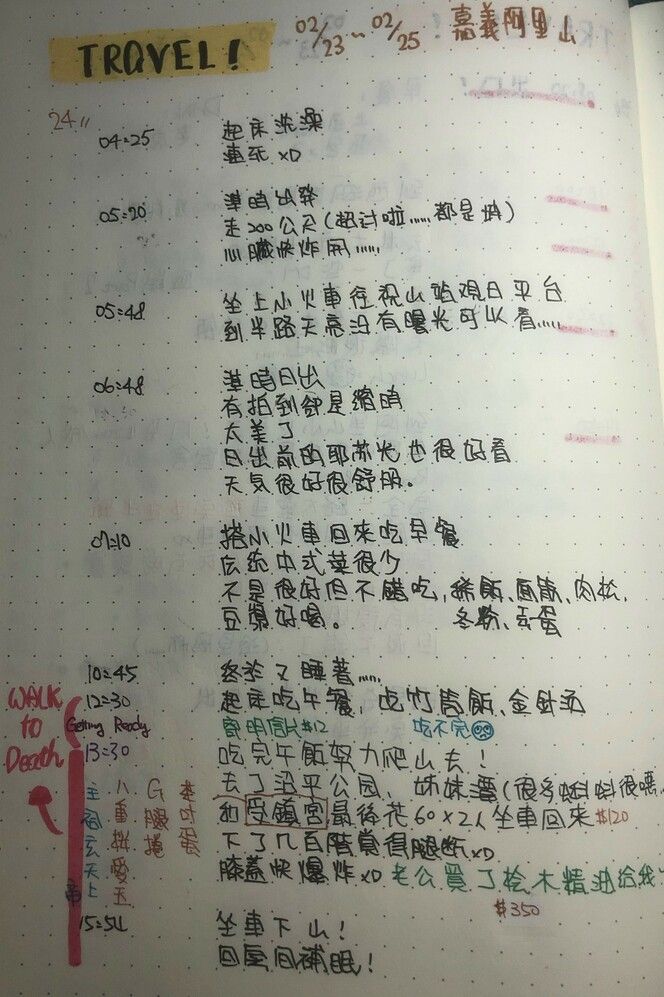
This is my travel text shorthand , and I write it down when I have time on the road. In addition to the text, there is another scrapbook of photographs and detailed records.
It also belongs to "short-term memory that does not require digitization", and can be forgotten when written down; as long as there is no fire or major earthquake, these memories will be preserved forever through the temperature of paper and pen (acid-free paper is a good thing) .
Need for digitized data - a substitute for the brain
Principles of digitalization 1. Planner planning
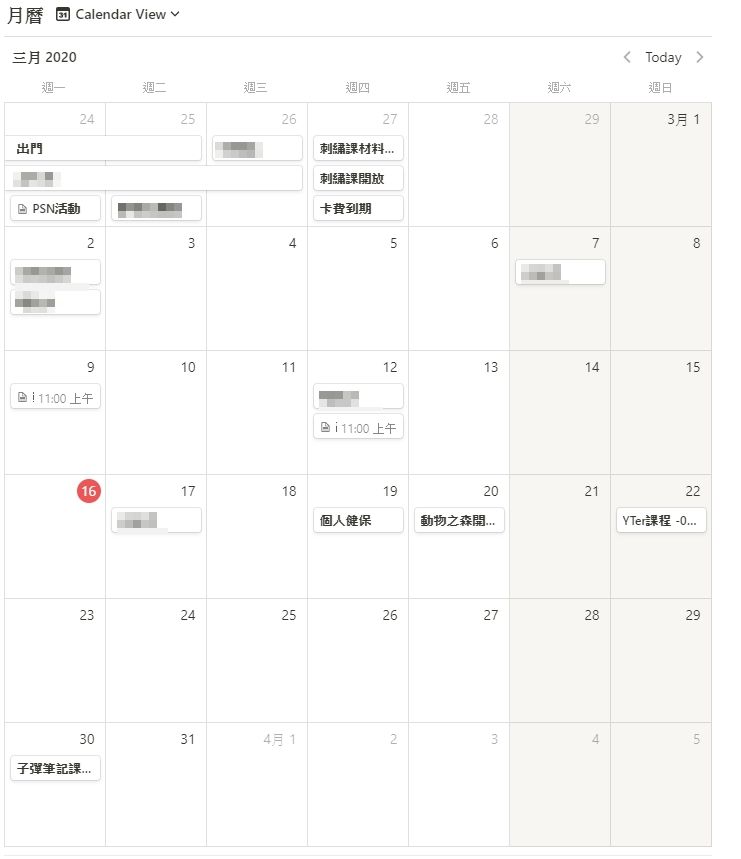
Itinerary planning often requires CRUD (Create, Read, Update, Delete), and this type of data needs to be digitized the most. Because it is still on a long vacation, the monthly notes are very succinct and only record the opening of the course, the listing of the game, the payment, the activities that I want to participate in, and so on.

In addition to the monthly calendar (monthly notes) that can clearly see the itinerary at a glance, there is also a list of things that will happen after recording. The difference from monthly notes is that "monthly recurring events", such as card fees and health insurance, are not displayed here.
Monthly notes and future notes are the basis for updating the Planner. When receiving information, the first instinct is to write down the previous month’s notes first, and check whether there are any differences between the two before going to bed. What happened that day, then wash and sleep. I woke up the next morning to see what was going on that day, plan my free time, and start my day.
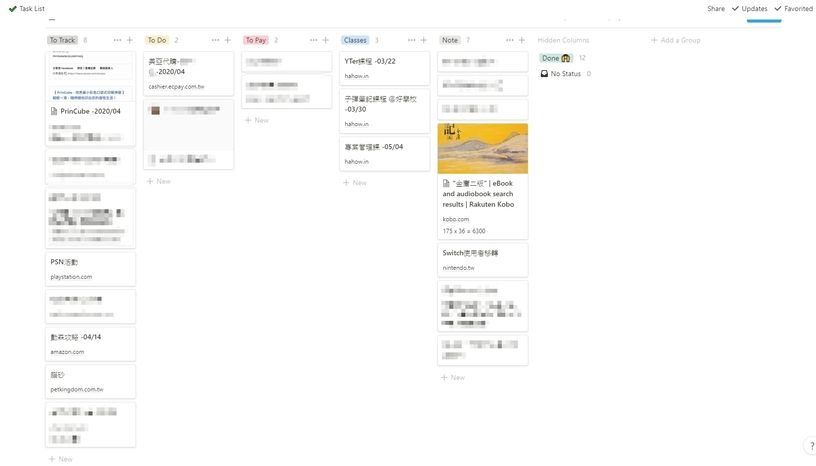
Not everything can be tracked by Deadline. At this time, you need something that "will be seen regularly for a while", and this is my long-term task tracking, and the classification principle is also very simple:
- To Track package, event tracking, delete after arrival or event.
- To Do unfinished projects to be done, move to the "Done" category after completion.
- To Pay pending bills, move to the "Done" category when finished.
- Classes online courses, move to the "To Do" category after the course starts, and move to the "Done" category after the course is finished.
- Note to record things that can be deleted after use.
Digitization principle 2. Forgetting it will be troublesome
Another type of data that needs to be digitized is something that is often used and forgotten. For example, credit card numbers, various account passwords, shopping lists, and to-be-read articles are also classified according to the frequency of use.
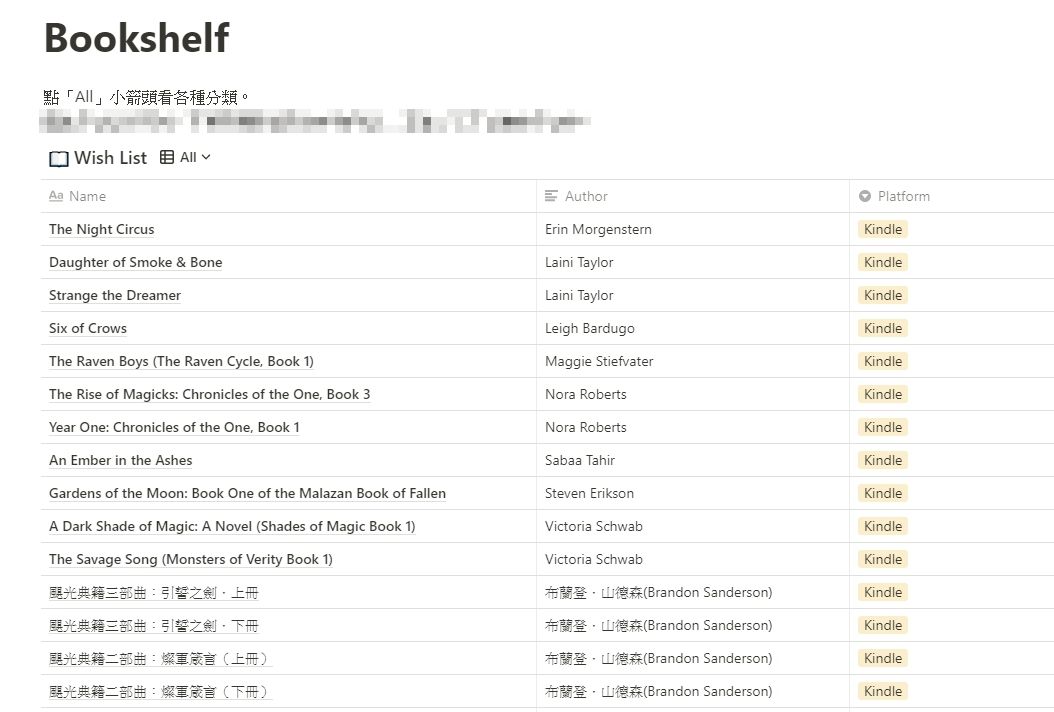
The reason why the shopping list is not placed in the long-term task tracking (the previous Task List) is because these things are not time-sensitive , and they will not be emptied one day (bar). list. Although it is difficult to make changes, it needs quick access without space constraints (for example, when you are squatting in the toilet, open it to see if there is a special price), so it is a separate list after digitization.
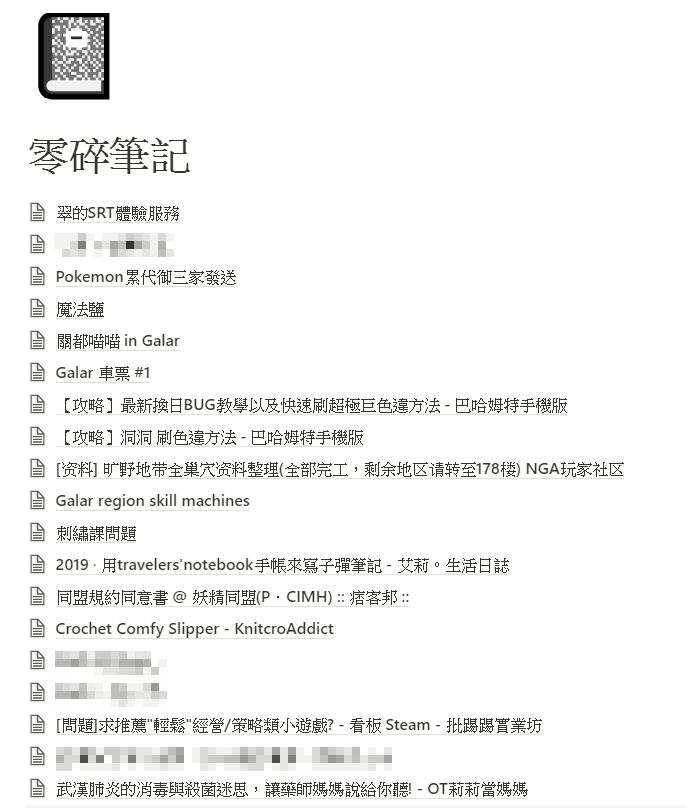
The article to be read does not explain, can it?
It is also not time-sensitive, does not require long-term memory, the source is the Internet, and requires fast access without space constraints, so it is a separate list after digitization.
Digitization Principle 3: Independent Preservation
As I have repeatedly emphasized, because I have severe obsessive-compulsive disorder and don't like hoarding digital data in a mess, my computer has a strict classification from the folder to the desktop . Save Evernote for temporary storage, digest it into data (Data) and save it in Evernote or Notion, and sort it out every once in a while to see if there is anything that is out of time or worth keeping and remembering . I will also save the physical things digitally, and put them in the NAS (cloud drive, self-supporting backup system) , such as previous photos, small papers while reading, computer hard disk backup, various software installation files, work-related Files, self-developed small programs, etc. "do not need to be written in the notebook" things.
Because I have a rigorous classification logic, I never need the so-called "Site Map" or "Finder Map". I know exactly what is under each folder and where to find what information I want. I will only build a Site Map for the things I share with the public.
The above is my data organization mechanism. I hope this can answer everyone's questions. I am not very good at "explaining", so I would like to share it briefly.
Like my work?
Don't forget to support or like, so I know you are with me..
Comment…